
How to make your trees fit for autumn and winter
![]()
Von
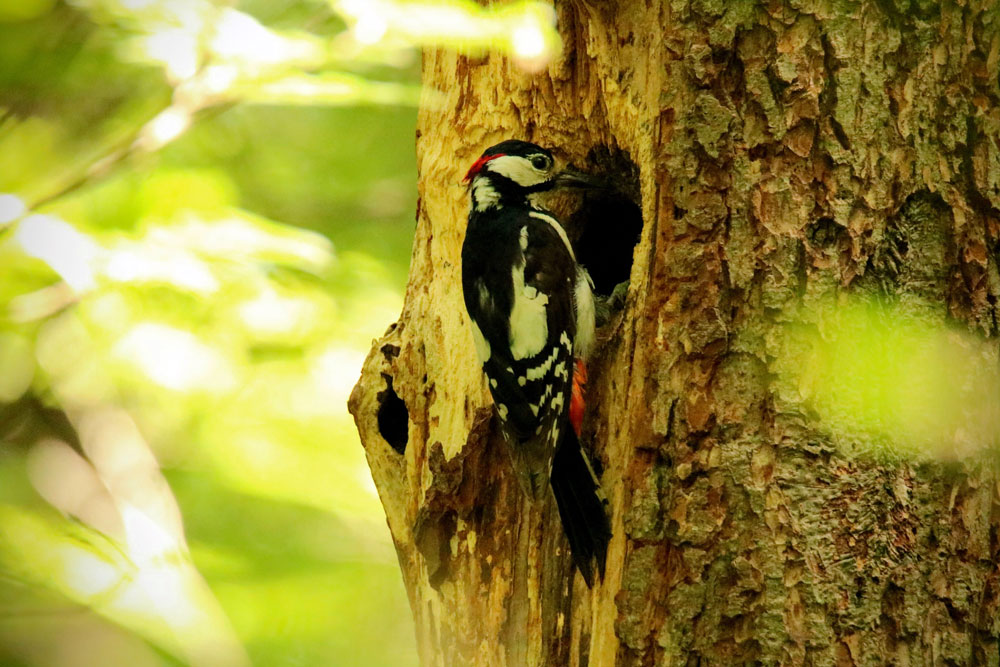
Is your own tree still healthy and ready for the stresses of storms and frost in autumn and winter? What are the signs that a tree owner should definitely look out for? And when is it time to call a tree expert for assistance?
My sons Luke, Alex and Kevin have been out for weeks, even on Saturdays, providing on-site advice to tree owners. I have also taken on many additional appointments despite my planned “retirement,” so great and urgent is the need for professional advice.
Is a tree less leafy than in previous years, have the treetops receded and does the crown appear sparse? In then our advice should be sought to avert danger:
The receding crown indicates a deficiency. The tree can no longer supply the outer areas of the crown with sufficient nutrients. If left untreated, this can lead to the death of ever larger regions. The causes of such a deficiency must be clarified. Was it the extreme heat periods and drought of recent summers? Was there road or sewer work nearby, or is there soil compaction? Because if the roots are damaged, the tree can no longer supply the crown with sufficient minerals.
If we do not actively support the weakened tree in such a condition and relieve its statics, then there is a danger that soon even massive branches could fall to the ground completely unexpectedly for the layman.
At what intervals should the tree be inspected? Well, for a young tree, inspection every two to three years is usually sufficient. The older the tree, the shorter the intervals should be. We recommend that our free service should be performed optimally twice a year. Ideally, in the spring and in late autumn, after the tree has shed its leaves.
The condition of the leaves in spring allows conclusions to be drawn about the mineral balance of the tree. In addition, the leaves can be checked for parasite infestation. In late fall and without leaves, we have an optimal view of the trunk and branches. Not every hollow spot is dangerous at the same time, and many tree owners are happy about the visit of spotted woodpeckers and squirrels.
However, crevices and cracks can become a dangerous gateway for harmful fungi, bacteria and parasites and should be treated. Discovered early, tree professionals can provide structural relief to the tree by selectively pruning the crown. The cracks can close again, and the tree’s self-healing powers are strengthened. Mineral deficiencies in the soil can be compensated for by professional long-term fertilization and biological treatment of the bark.
The advice of our tree experts is always free of charge and can effectively prevent expensive damage. Let’s look forward to a beautiful autumn!


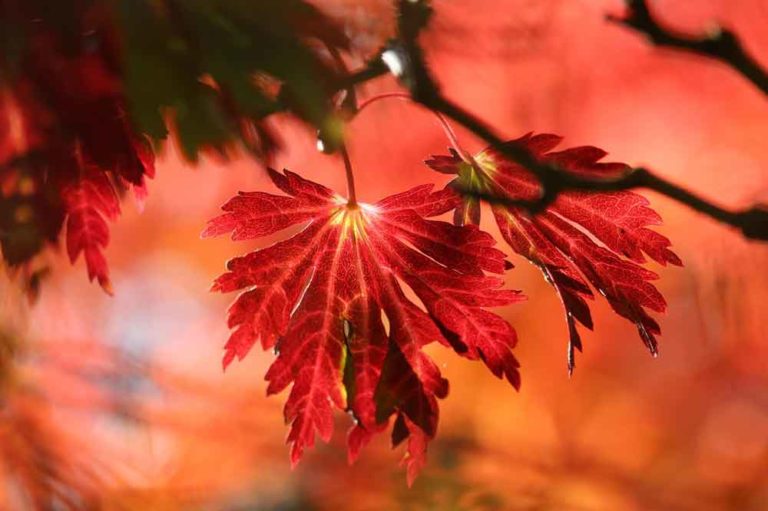




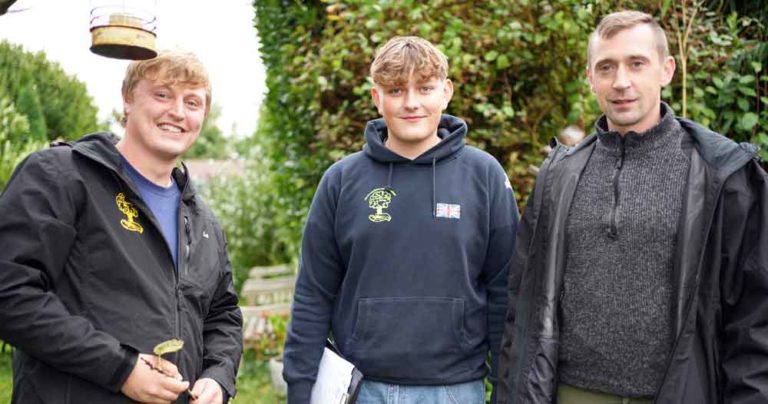
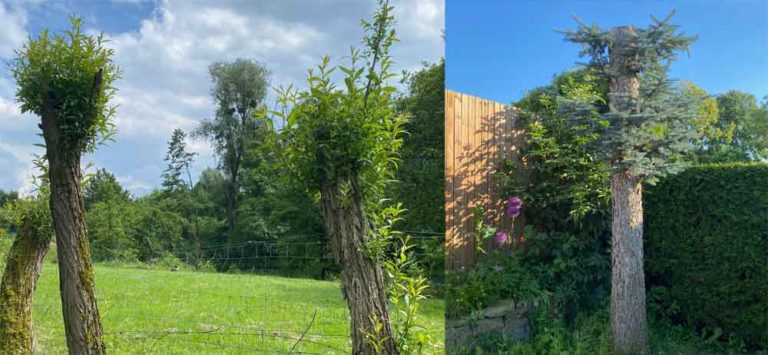
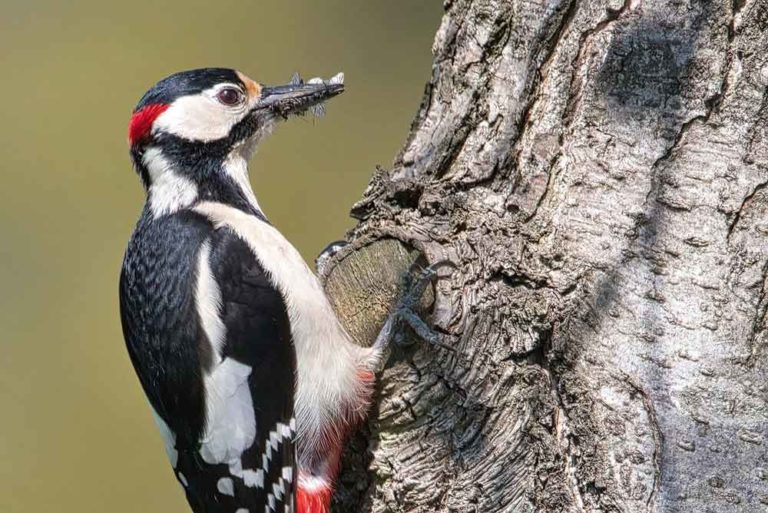
Leave a Reply